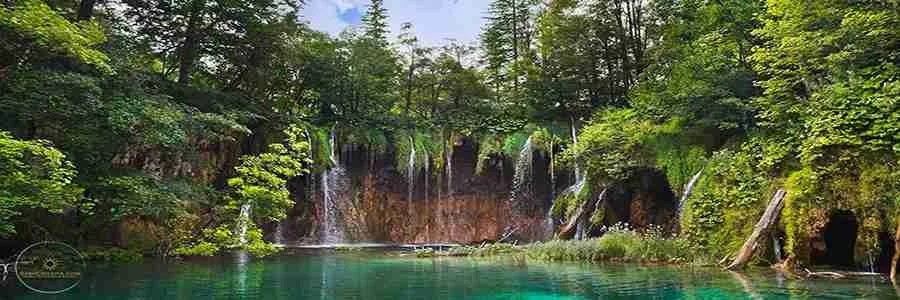Croatia boasts a rich and storied history, yet it can be challenging for some to recognize the country’s iconic national symbols. In this article, we will highlight a few of the most popular and distinct Croatian symbols.
The Cravat: A Croatian Symbolic Icon
The cravat is a beloved emblem of Croatia, with a name that even has a specific Croatian ring to it. A type of necktie, the cravat is primarily worn by men. Its origins can be traced back to the 1630s in France, where Croatian soldiers were stationed in support of King Louis XIII. These soldiers, with their specific neckwear, garnered the attention of the fashion conscious Parisians. Leading to the birth of the cravat. The term “cravat” is deriving from the Croatian word for Croatia, “Hrvat.
Croatian Symbol Delight: Maraschino Liqueur
As we delve into the renowned symbols of Croatia, we come across Maraschino, a sweet, cherry flavored alcohol. This liqueur is crafted using Marasca cherries grown in the Dalmatian region, particularly in Zadar. Its history dates back to the 16th century, when it was first produced in a Dominican monastery in Zadar. By the 18th century, it had acquired its present name and in the 19th century, it gained popularity among European royalty. Maraschino can be enjoyed neat as a post dinner drink or as a key ingredient in cocktails. It has an average alcohol content of 32% abv. One of the most renowned producers of Maraschino in Croatia is Maraska.
Dalmatian Dogs
Have you ever pondered the correlation between the Dalmatian breed of dog and the Dalmatian region of Croatia? There has been some controversy regarding their exact origin. However, the prevailing belief is that these friendly and attractive dogs do hail from Croatia, based on available historical records. As such, we firmly assert that these dogs are one of the most recognizable symbols of Croatia.
Croatian Symbol Drink: Rakija
In addition to Maraschino liqueur, there are various other types of fruit-based liqueurs symbols of Croatia, collectively referred to as “rakija.” Sljivovica, a plum brandy, is one of the most renowned types and is popular in several other Eastern European nations. Other fruit liqueurs include Kruskovaca (pear-based), Lozovaca/Lozica (grape-based), and Travarica (a brandy distilled with herbs) which is popular in the Dalmatian region.
The Moreska Sword Dance
The Moreska Sword Dance is a tradition that takes place on the island of Korcula. This symbolic Croatian dance narrates the story of a conflict between two monarchs. The white king donned in red and the black king, over the hand of a princess. This dance form was introduced to Korcula in the 16th century and is believed to have originated in Spain during the 12th century as a demonstration against the Moors. Although the Moreska Sword Dance was once popular across various countries in the Mediterranean region, today it is performed exclusively on the island of Korcula.

Croatian Symbol: The Torpedo
The Torpedo Station in Rijeka originated from the vision of Giovanni Luppis. A Rijeka resident, who conceived the idea of a defensive weapon against enemy ships, referred to as the “coastal savior.” Luppis initiated this concept in the early 1860s but lacked the technical expertise and resources to bring it to fruition.
However, the tale takes a positive turn when Robert Whitehead, the director of the Rijeka Technical Institute, became intrigued by Luppis’ idea and developed a similar underwater device that closely resembled a metal fish. The prototype is successfully tested in 1866, and leads to the transformation of the factory into the R. Whitehead & Co. Torpedo Factory in 1875. This marked the establishment of the world’s first Torpedo Station. We can absolultely say Rijeka, Croatia is a symbol of Torpedo invention.

Eduard Slavoljub Penkala: The Pioneer of Modern Times
Furthermore, Eduard Slavoljub Penkala was a true innovator and inventor. Credited with designing the world’s first mechanical pencil in 1906 and the first fountain pen in 1907. He produced both in Zagreb and exported them to 70 countries around the world. Cementing his place as one of the most important figures of the 20th century. With 80 inventions to his name, including works in aeronautics, Penkala continues to inspire future generations.
The Heart-Shaped Licitar: Croatian Symbol of Love and Affection
Lastly, originating from central Croatia and the lowlands, the licitar is a traditional, colourfully adorned biscuit made from honey dough. With its heart shaped design, it is a symbol of love and affection. Making it a popular choice for special occasions and gifts.

